And this is why Class II ceramics make lousy timing caps
What you have discovered is one of the major application limits of what are known as Class II ceramic capacitors -- they can't be used for timing. This is because the dielectrics used vary in dielectric constant, and thus the capacitor varies in capacitance, as the voltage across the capacitor changes -- this effect is known as voltage coefficient, or just voltco for short, and is the main reason for voltage derating of these capacitors in their application domain as well.
How do you identify a Class II ceramic? And what do you use instead?
Class II ceramics are easy to identify from their temperature coefficient rating -- all X?? (such as X7R and X5R) ceramics are Class II, while C0G (NP0) ceramics are Class I, i.e. temperature and voltage stable. However, C0G capacitors are not available for values greater than 10nF as a practical matter, so for larger values, film caps (polyester/Mylar, polypropylene) are used instead when capacitance stability with voltage is a concern.

